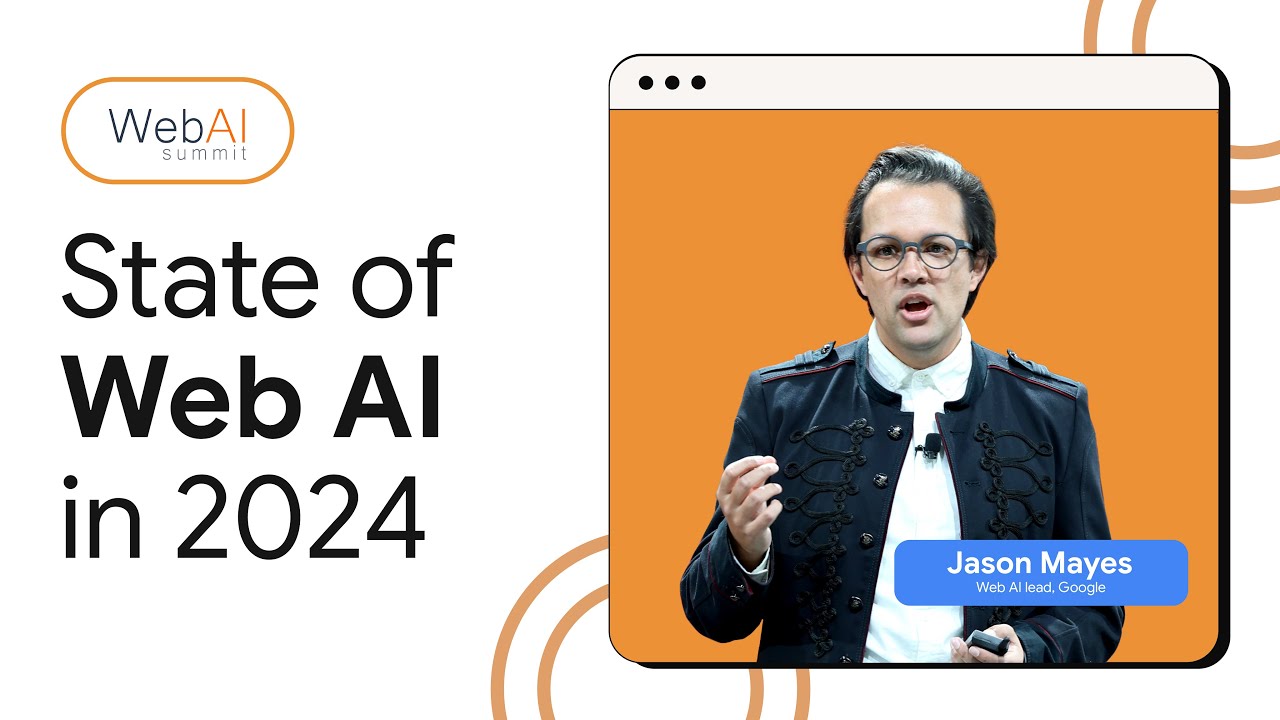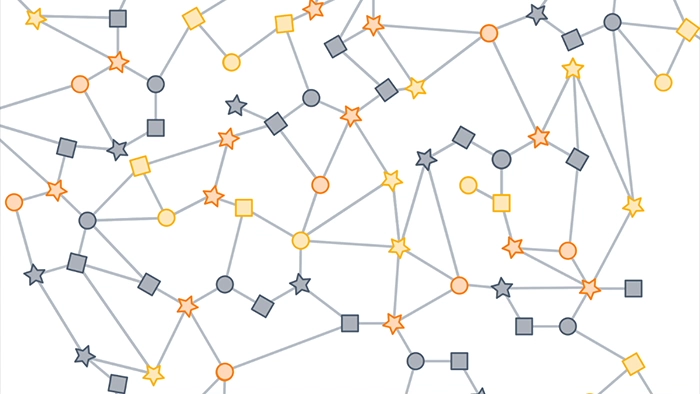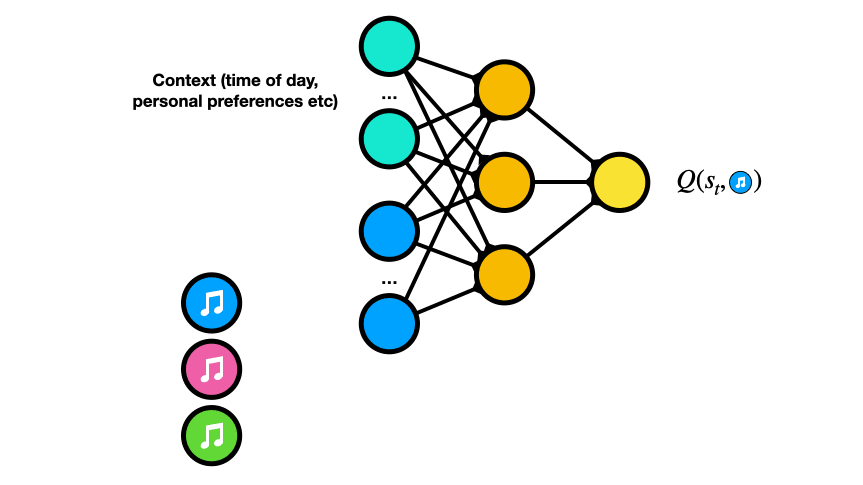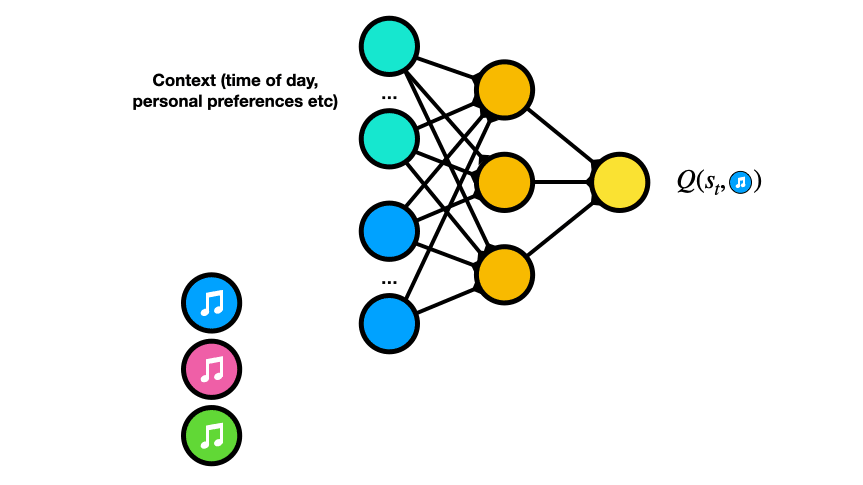Get started with TensorFlow
TensorFlow makes it easy to create ML models that can run in any environment. Learn how to use the intuitive APIs through interactive code samples.
import tensorflow as tf mnist = tf.keras.datasets.mnist (x_train, y_train),(x_test, y_test) = mnist.load_data() x_train, x_test = x_train / 255.0, x_test / 255.0 model = tf.keras.models.Sequential([ tf.keras.layers.Flatten(input_shape=(28, 28)), tf.keras.layers.Dense(128, activation='relu'), tf.keras.layers.Dropout(0.2), tf.keras.layers.Dense(10, activation='softmax') ]) model.compile(optimizer='adam', loss='sparse_categorical_crossentropy', metrics=['accuracy']) model.fit(x_train, y_train, epochs=5) model.evaluate(x_test, y_test)
Solve real-world problems with ML
Explore examples of how TensorFlow is used to advance research and build AI-powered applications.

Explore the latest advancements in running models client-side with speakers from Chrome, MediaPipe, Intel, Hugging Face, Microsoft, LangChain, and more.

GNNs can process complex relationships between objects, making them a powerful technique for traffic forecasting, medical discovery, and more.


Learn how Spotify uses the TensorFlow ecosystem to design an extendable offline simulator and train RL Agents to generate playlists.
What's new in TensorFlow
Read the latest announcements from the TensorFlow team and community.
Explore the ecosystem
Discover production-tested tools to accelerate modeling, deployment, and other workflows.
-
Library
TensorFlow.js
Train and run models directly in the browser using JavaScript or Node.js.
-
Library
LiteRT
Deploy ML on mobile and edge devices such as Android, iOS, Raspberry Pi, and Edge TPU.
-
API
tf.data
Preprocess data and create input pipelines for ML models.
-
Library
TFX
Create production ML pipelines and implement MLOps best practices.
-
API
tf.keras
Create ML models with TensorFlow's high-level API.
-
Resource
Kaggle Models
Find pre-trained models ready for fine-tuning and deployment.
-
Resource
TensorFlow Datasets
Browse the collection of standard datasets for initial training and validation.
-
Tool
TensorBoard
Visualize and track development of ML models.

Collaborate, find support, and share your projects by joining interest groups or attending developer events.
New to machine learning? Begin with TensorFlow's curated curriculums or browse the resource library of books, online courses, and videos.









